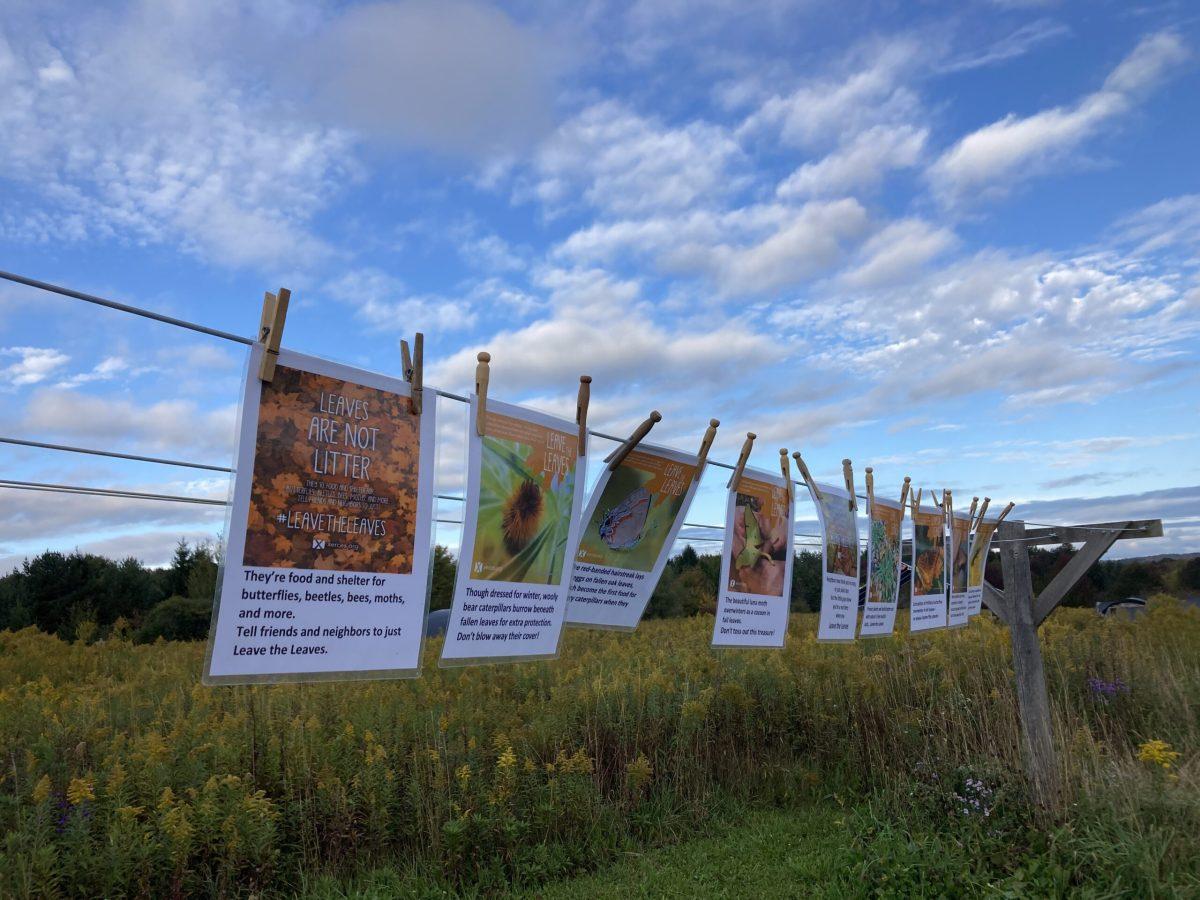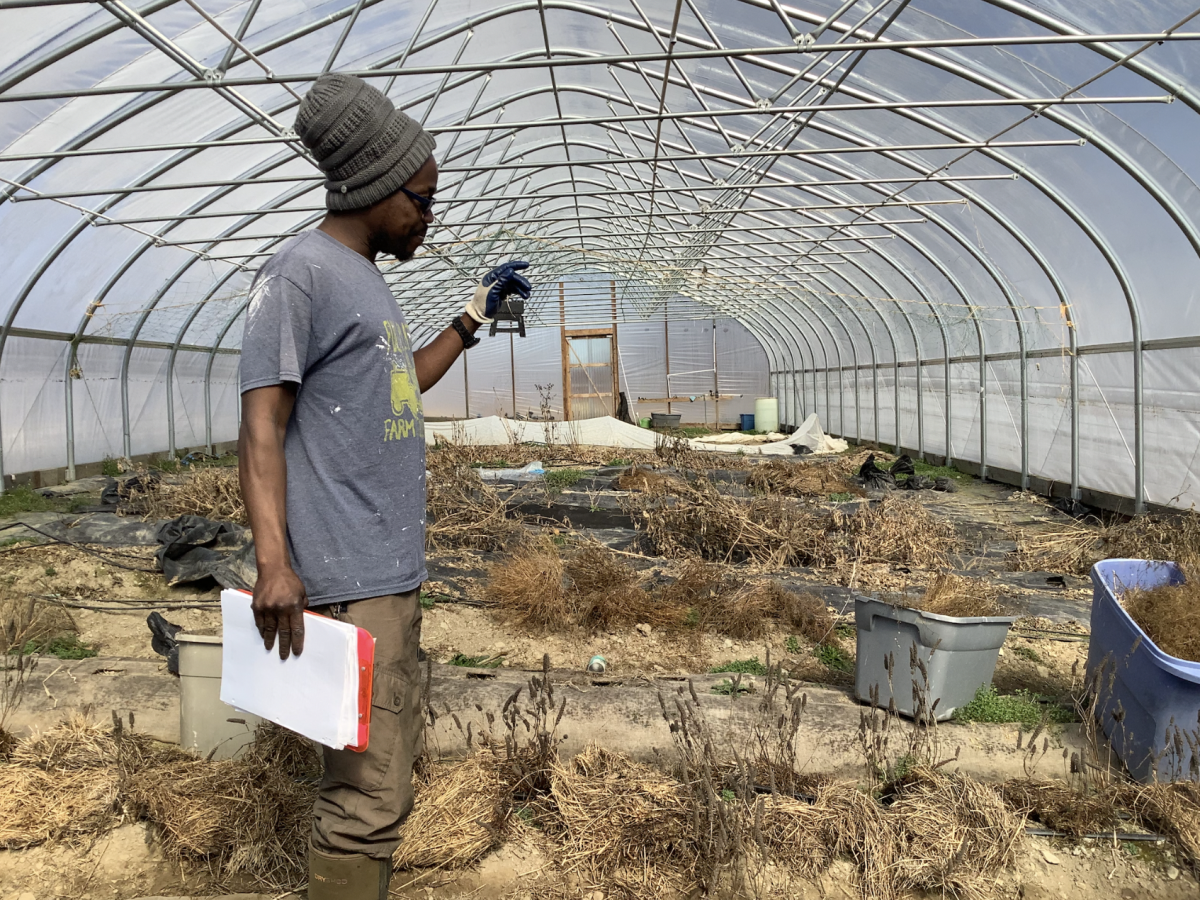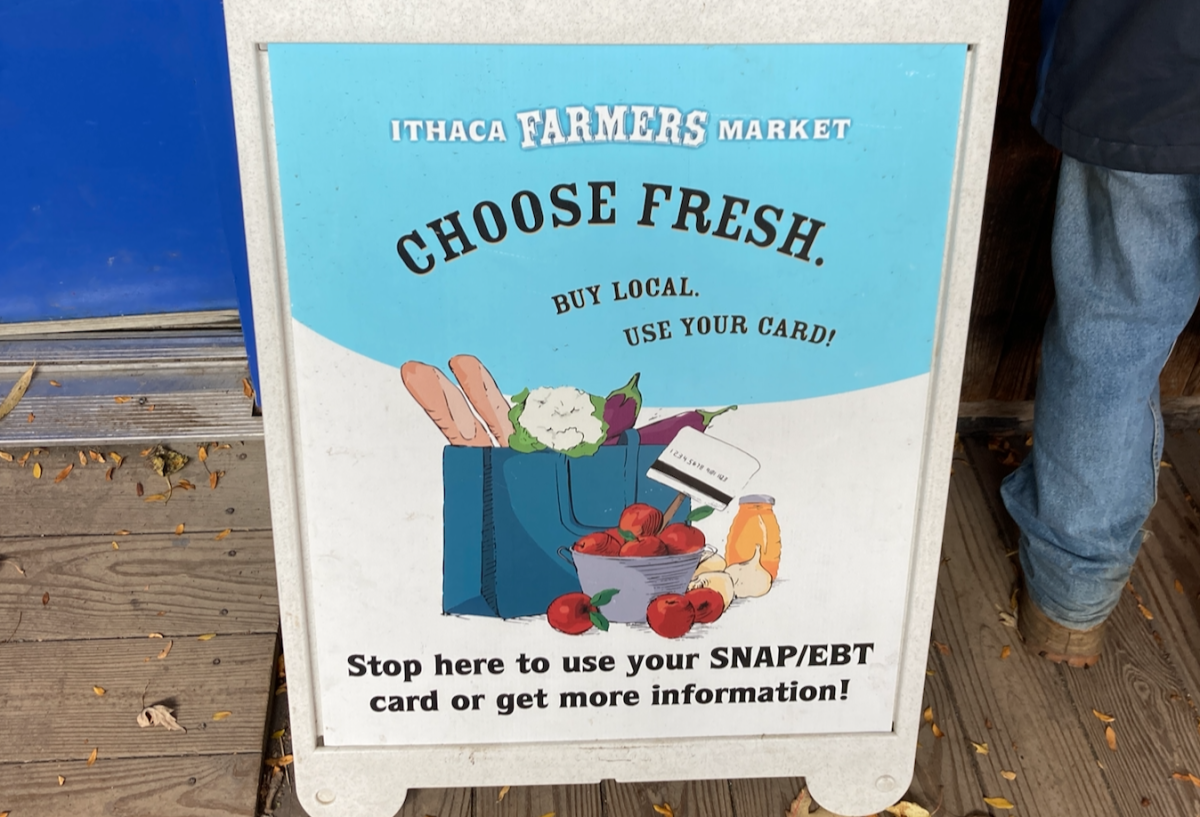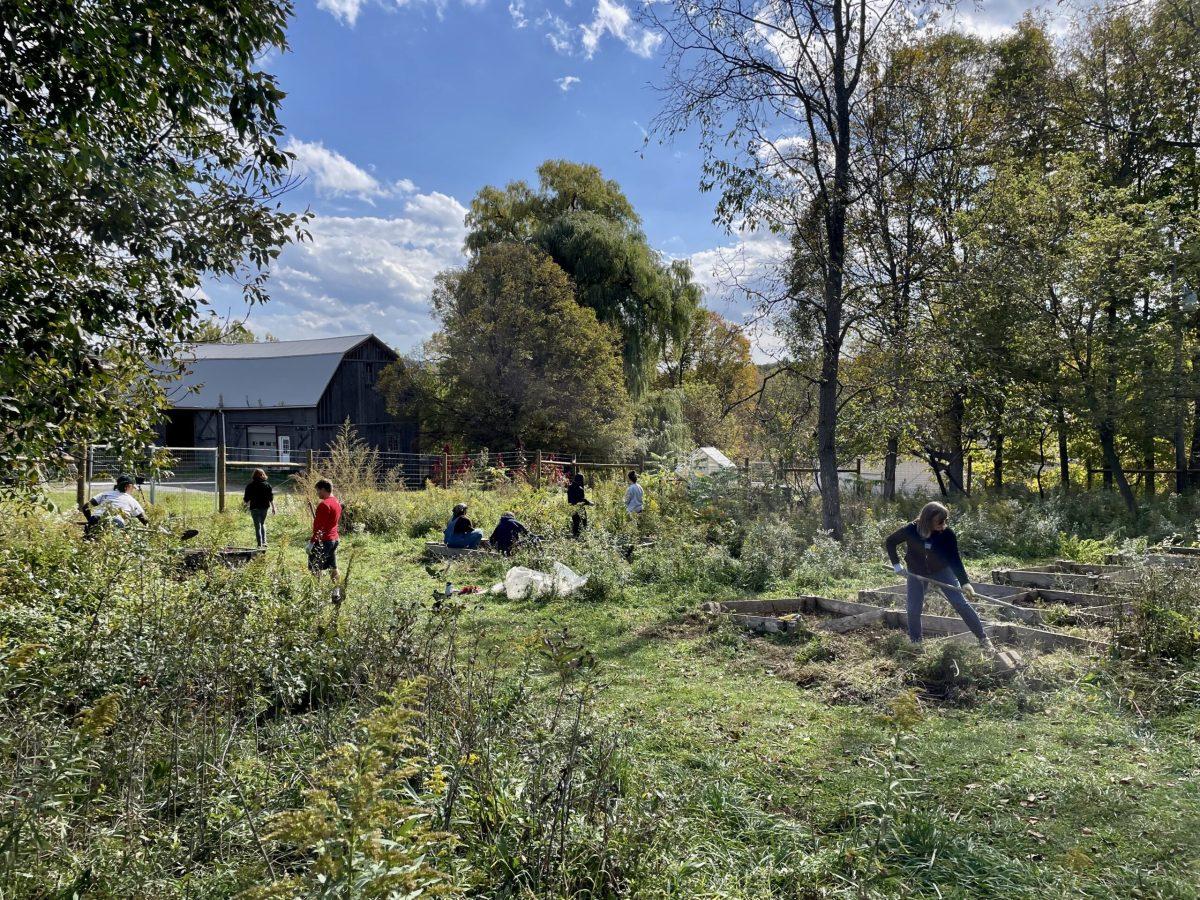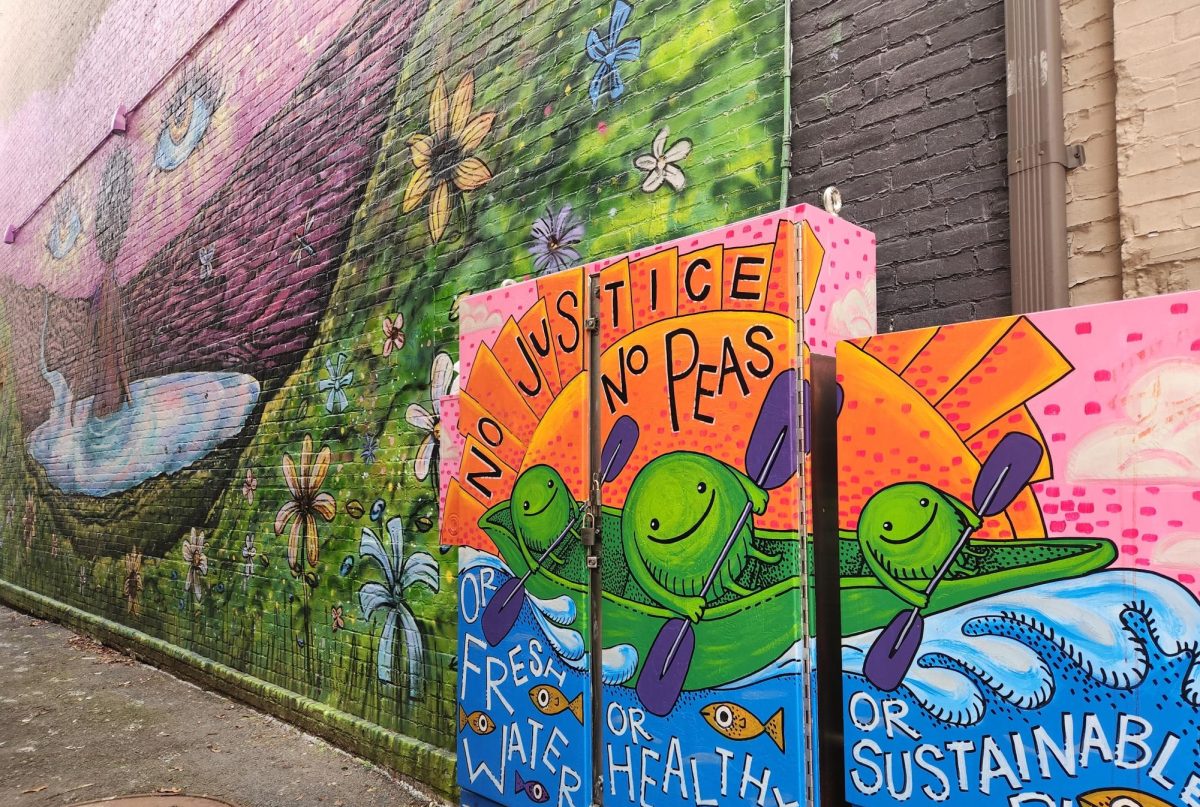The “Goldenrod and Asters” event

About 40 people gathered at the “Goldenrod and Asters” event to learn about native plants and Grow Wild’s restoration and sustainability efforts. For the event, Deanna English, owner of Grow Wild, led guests on a tour around the property, showing off her various native plant meadows and restoration projects.
English combined teaching about the nursery with leading educational activities for the group. As the tour began, she instructed guests to find a partner and share a memorable experience they have had in nature. English’s own story came from an experience early that morning.
“The whole house was like glowing,” English said. “We had this enormous full moon and I experience that up here [on the property] — that’s one of the joys of being up here.”
English also provided advice for how to best maintain native plant gardens.
One meadow was full of clover and English explained that there had been no clover in the seed mix she had planted. She said this was because there must have been a large natural bank of clover seed in the area.
“This worries me every year I do this, because when you have this kind of thickness it’s hard for the little guys to grow up in it,” English said.
She said it is important to keep meadows in their first year of growth, like the one in question, mowed to a height of about eight inches so that weeds don’t grow up and suppress other native plants.

The tour concluded with a second activity; guests were instructed to explore the meadows and find a plant they did not immediately recognize to bring back to the group. They then gave the plant a name based on its appearance; names included golden star flower, purple saguaro and black-topped needle leaf.

Guests at the event included children, educators, native plant experts and curious Tompkins County residents.
Nancy Skipper said she attended the event because she worked with Brandon Hoak, communication and outreach manager and native plant specialist at Tompkins Pollinator Pathway, to put in a pollinator bed on her property.
“I’ve learned so, so much from him, and he told me about this event today, and I just wanted to come and look around and learn,” Skipper said. “It’s a whole new world for me, I really really love it.”
Tompkins Pollinator Pathway
Tompkins Pollinator Pathway, a co-host of the event, is a local chapter of a national organization that aims to create native plant corridors to help pollinators thrive.
According to Pollinator Pathway, pollinators are crucial to upholding food systems and ensuring human survival because they pollinate the plants we rely on and allow them to reproduce. This is especially important today as pollinators are increasingly threatened by development and changing global temperatures.

A Pollinator Pathway is a responsibly managed area of native plants that is maintained organically and therefore creates an ideal habitat for pollinators. Native plants are necessary to this process because they are what native pollinators have evolved to rely on for survival.
Brandon Hoak said Tompkins Pollinator Pathway is only about a year-old and for the past year has worked to encourage the community to focus on pollinators and to link gardens around Ithaca and Tompkins County to create a pathway.
“We rarely think about the fact that so many pollinators, especially our native pollinators, do have a very significant role in pollinating the crop species that we rely on, as well as wild crop species,” Hoak said. “People who forage or who get other food from the land and the woods rely on that, or even in your own vegetable or fruit garden.”

